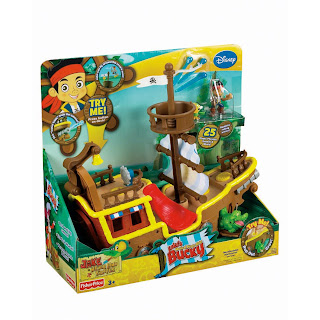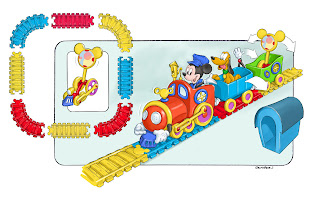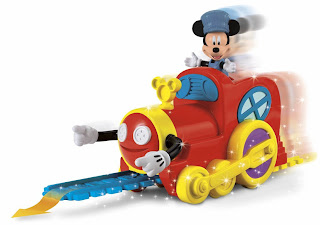Whether for TV shows or full-length features, toy makers constantly compete for the opportunity of creating and producing the toys associated, especially if the property promises to be popular. And the more popular the better, as any enduring interest usually ensures continued product success. The licenses for Star Wars, classic Disney and Sesame Street characters are perfect examples, but there are many.
Of course in the case of new properties it's not always a sure thing. Sometimes a show just doesn't hit, or a movie bombs at the box office, and the toys produced may not sell well as a result.
My role in all of this often involves creating concepts for toy makers to show the licensor as examples of how their intellectual property might be handled. In these instances of 'pitching' for a license, the concepts don't start rough and go through typical stages of internal development. Toy makers just want to make a great winning impression with some solid product concepts, nothing definite but strong enough to secure the licensing rights. Once this happens breathing room has been created at the toy company for more refined internal development. Some of the concepts initially pitched may not get made, or they go through some changes on their way to becoming product.
Jake & The Neverland Pirates is a recent example of my involvement in this dynamic process.
It seems like only a few months ago that I was called in to put together these concepts pitched to Disney by Fisher-Price. At the time, and as is often the case, there wasn't much reference material available for outside creatives to work from. As a result, the look of some things are best guesses or even entirely invented. This always varies from license to license and while it can present its challenges it's always fun building off of someone else's creation. In some cases the licensor will like something I create enough to make it a toy, or even integrate the idea into a future episode. One example of this production design cross-pollination is the work I did years ago for Elmo in Grouchland.
Anyway, here are some of the initial Jake & The Neverland Pirates concepts pitched to Disney;
 |
| Jake & The Neverland Pirates: separate figures detail |
 |
| small boat concept for Jake |
 |
| Island clubhouse playset concept |
This concept for Captain Hook's ship employed a radio controlled feature (disguised as a treasure map) in addition to a number of other fun play elements. You can see a couple of design refinements as it went from line drawing to presentation rendering;
This other ship, meant for the young heroes, went through some further embellishments before making it into the presentation.
The 2nd version illustrates the launching crocodile and other features that pop out of the port holes;
Yes, Fisher-Price did secure the toy license for Disney's Jake & The Neverland Pirates. The resulting toys are also doing very well.
And although this item went though some changes along the way, it's pretty close to what came right out of the gate;
 |

























